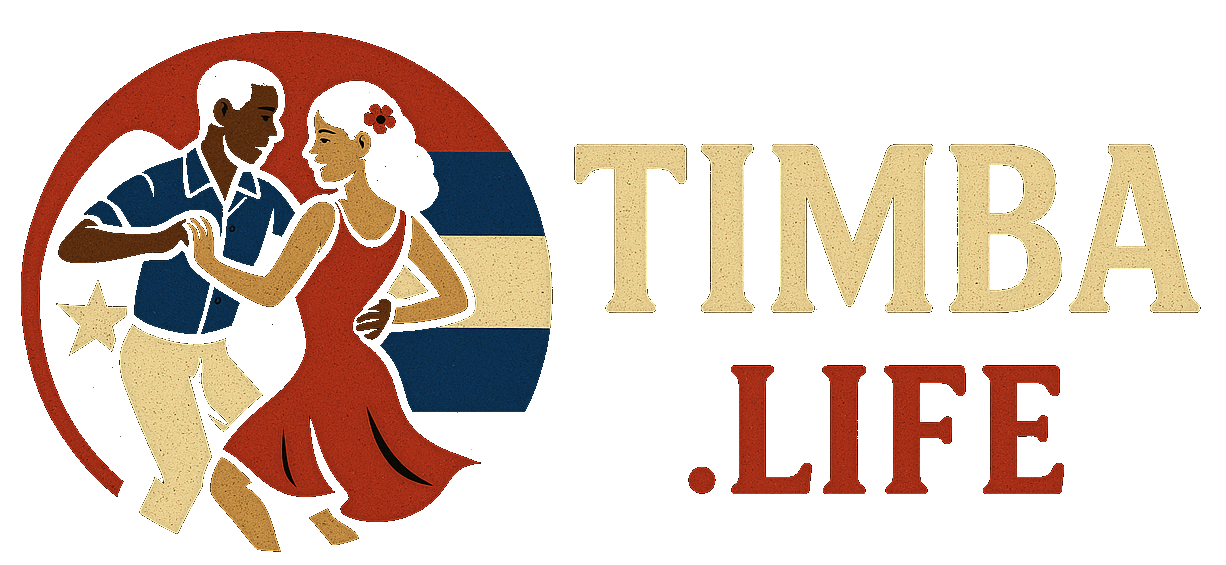Tres Dias - Havana d'Primera
In Tres Días with Havana D’Primera, Alexander Abreu develops a single theme through son, rumba, salsa, and even bachata, showing how it can be reinterpreted across styles.
0:00.0s
-
[0:00-1:50] Intro: Trumpet-led intro setting dancefloor mood
-
[1:50-2:27] Verse / Largo
-
[1:50-2:12] Bachata riffs during Largo
-
[2:12-2:28] Verse / Largo
-
[2:28-2:38] Probably a Presion
-
[2:38-3:44] Montuno - Marcha arriba - Chorus & cowbells ignite full Timba
-
[3:44-3:55] Probably a presion again
-
[2:38-3:44] Back to montuno / Marcha arriba
-
[4:17-4:38] Probably a presion again
-
[4:38-5:10] Back to montuno / Marcha arriba
-
[5:10-5:22] Coda
Breakdown: "Tres Días" by Alexander Abreu y Havana D’Primera
1. Genre Fusion & Structure
- Opens with Dalmatian-style rhythm → transitions into Timba → shifts into Bachata → returns to Timba with Bachata influences in the Montuno.
- Seamless and playful fusion, considered pioneering in the timba tradition.
2. Trumpet Intro & Dancefloor Dynamics
- Recognizable trumpet introduction instantly signals dancers.
- At 1:50, unexpected bachata riffs appear before sliding into the Largo section.
3. Lyrics & Emotional Core
- Theme: Heartbreak and regret.
- A note signals the end: patience has run out, love is over.
- Singer admits: “I lied because I was afraid of losing you.”
- Pleas to reconsider: “I’m dying, suffering for that woman.”
- Rich metaphors: “Your love is like a boomerang… a puzzle I can’t solve.”
Why "Tres Días" Stands Out
- Genre Innovation: Bold fusion of Timba with Bachata.
- Musical Prowess: Masterful trumpet, tight arrangements, rhythmic surprises.
- Emotive Power: Danceable grooves paired with raw, emotional storytelling.

